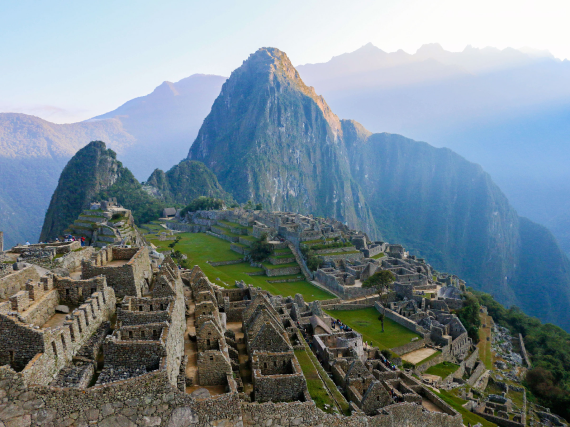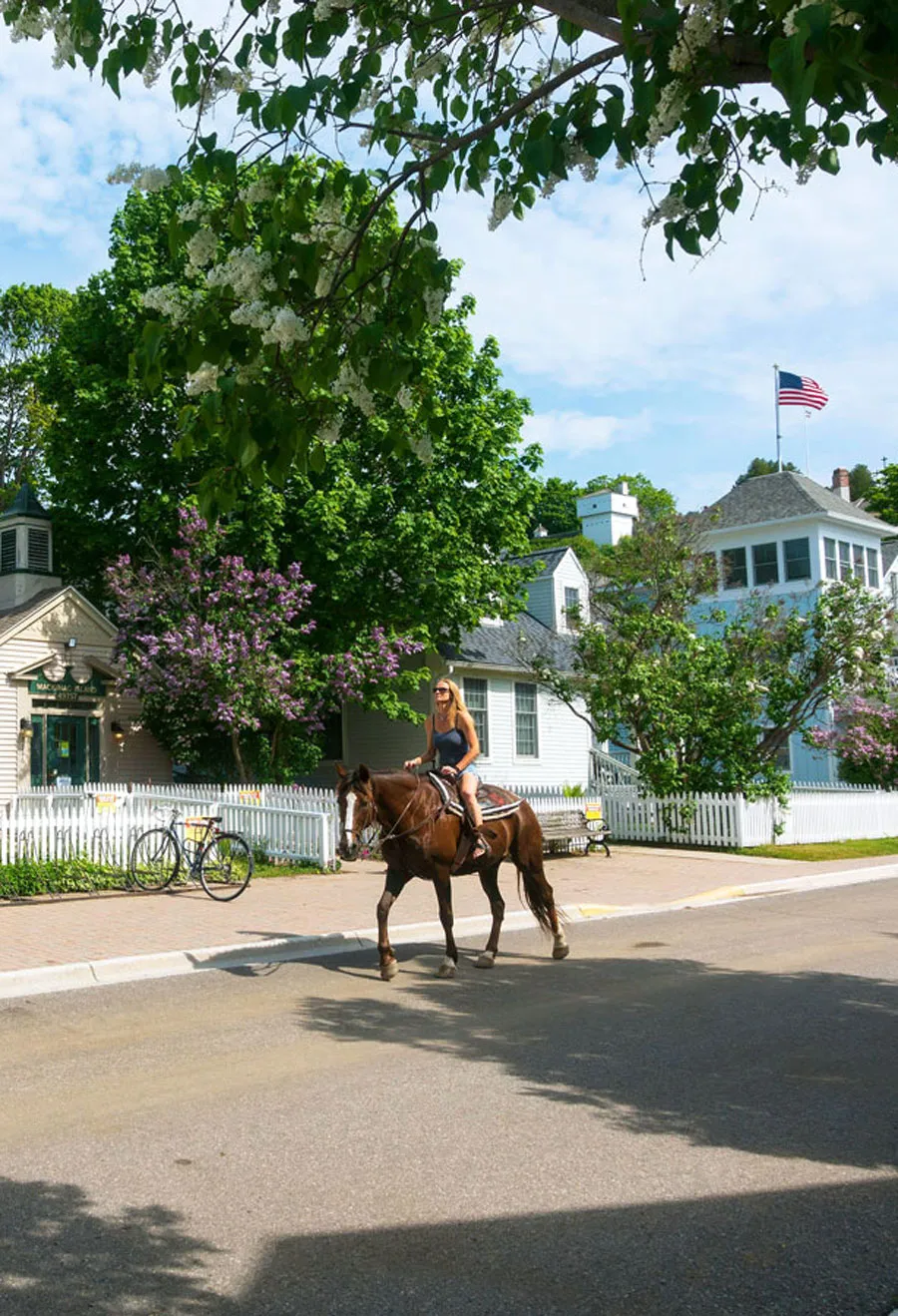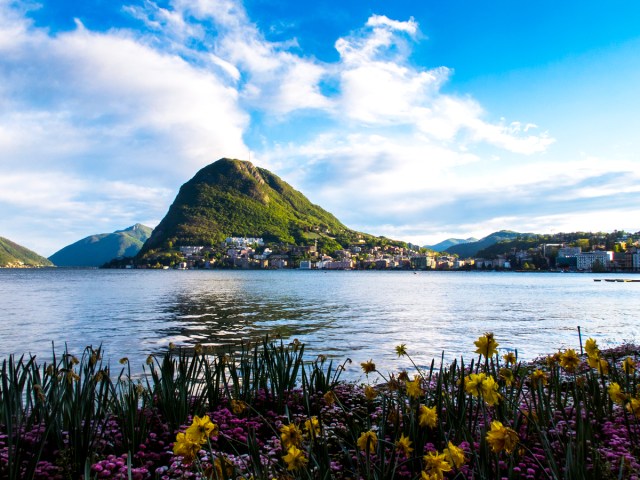Located in northern Michigan on Lake Huron, between Michigan’s Upper and Lower Peninsulas, Mackinac Island has a permanent population of fewer than 600 people. In winter, when the bay freezes solid, the ferry services that connect the island to the mainland temporarily cease operation. The only way to access Mackinac then is by air, or when the ice is thick enough, by snowmobile. So, what else makes this place special? Here are seven fascinating facts about Mackinac Island that will have you booking a ferry ticket ASAP.
No Cars Allowed
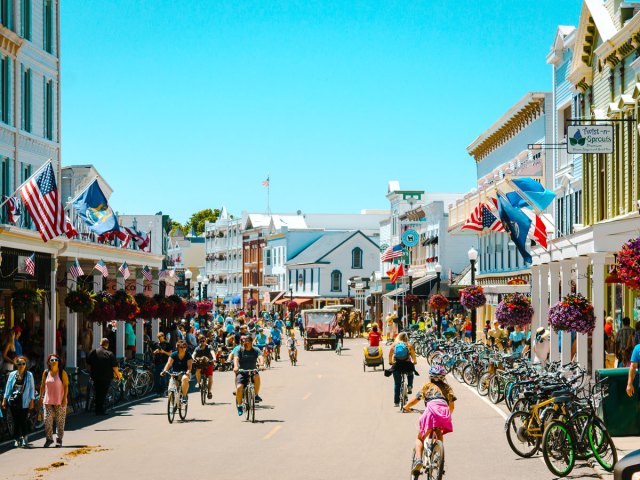
Don’t plan on driving to Mackinac Island — motorized vehicles have been prohibited for almost as long as they’ve been in existence. At the end of the 19th century, the first automobiles arrived on the island, but local carriage owners claimed the vehicles scared their horses. In response, island officials decided the solution was a simple one: ban cars.
The original 1898 edict outlawing automobiles applied only to the village of Mackinac, but within three years, the decree was amended to include the entire island. According to the Mackinac Island Tourism Bureau, M-185, the highway which encircles the island, is the only state highway in the U.S. that does not permit motorized vehicles. There are a few exceptions, however: snowmobiles, snowplows, and emergency vehicles aren’t bound by the regulation.
Mail Arrives by Horse-Drawn Carriage
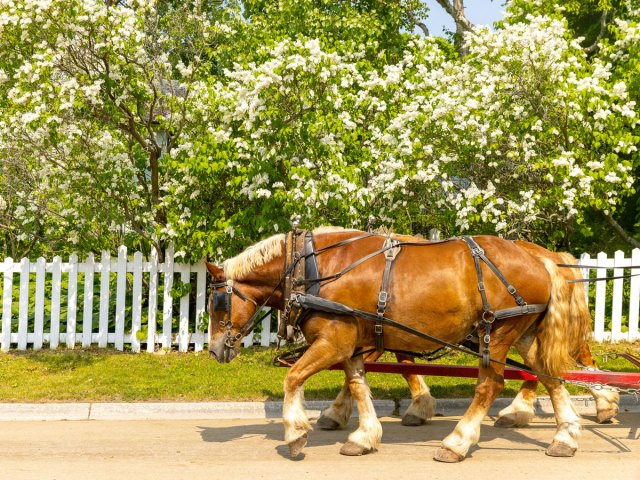
Postal delivery vans don’t qualify for an exemption from the law banning motorized vehicles, so islanders receive mail a little differently than on the mainland. Mackinac Island residents simply collect regular mail from their mailboxes at the post office on Main Street, since there are no door-to-door deliveries.
Packages from companies such as Amazon, UPS, and FedEx are handled slightly differently. When these parcels arrive at the ferry dock, the cargo is unloaded onto drays and delivered right to homeowners’ front doors. Two or four-wheeled, flat-bed wagons can handle heavy items, but the horses do all the grunt work. Titanium composite horseshoes give the animals better grip in winter.
In Summer, Horses Outnumber the Permanent Population
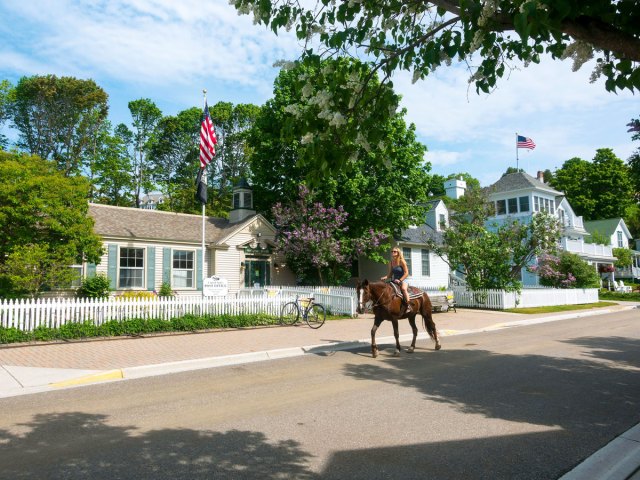
During summer, as many as 600 horses live on Mackinac Island. But as the tourist season winds down in fall, there’s no need for as many. Aside from a handful of essential winter workers, the majority of the equine population spends winter on the mainland in Pickford, Michigan. Departures are gradual and staggered over a few months, with the first horse leaving in August. The horses return from mid-April to June.
Most horses are Percherons, Standardbreds, and Belgians; they spend peak season carrying cargo or pulling passenger carriages. A relatively small number of mostly Quarter horses, Morgans, Appaloosas, and Paints are more suited for horseback riding. For the ultimate immersive experience, visitors can book a drive-it-yourself horse and buggy tour with Jack’s Livery Stable.
The Grand Hotel Boasts the World’s Longest Porch
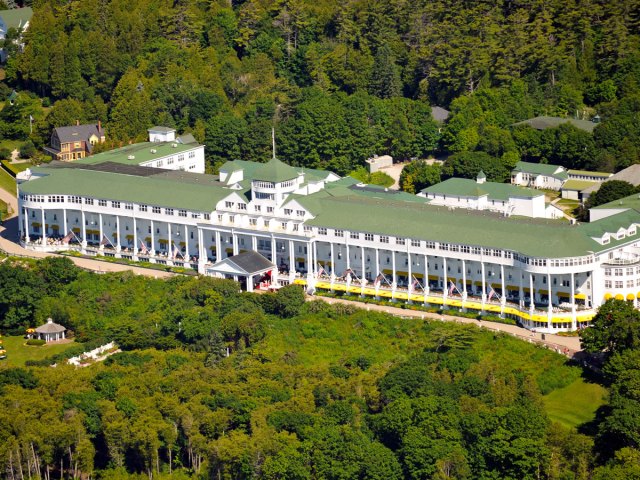
By the late 19th century, Mackinac Island was becoming a popular summer break destination, but there was still a shortage of accommodations. The Michigan Central Railroad, the Grand Rapids and Indiana Railroad, and the Detroit and Cleveland Steamship Navigation Company banded together to form the Mackinac Island Hotel Company.
Their project, the Grand Hotel, opened in 1887 on a bluff overlooking the Straits of Mackinac. The hotel soon became the place to hang out for locals and vacationers alike. Measuring 660 feet from end to end, the Grand Hotel’s front porch is the longest porch in the world, and was where Thomas Edison first demonstrated his phonograph to a wide-eyed public audience.
The Fudge Is World-Famous
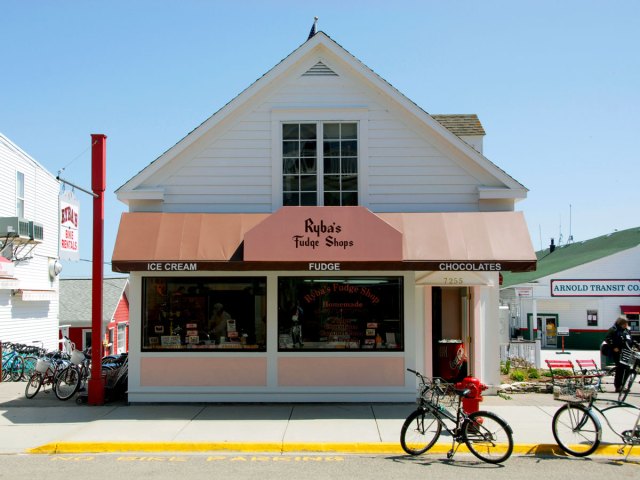
Mackinac Island may not have invented fudge, but it’s certainly one of the best places in the United States to eat it, especially during the August Fudge Festival. The first family to capitalize on visitors’ fondness for the sweet treat were the Murdicks. They opened the first fudge store in the 1880s and were the first to make fudge in front of customers on marble slabs.
The sweet treat’s success bred competition, and today, there are over a dozen stores selling fudge on Mackinac. Many fudge-makers from other cities brought their world-famous recipes to the island: May’s had been making fudge in Atchison, Kansas, since 1881, while the Ryba family opened their fudge business in Detroit’s East Side in 1936 before relocating in 1960.
Keeping up with the demand for fudge on Mackinac Island is a huge undertaking. Around 10,000 pounds of fudge are sold every day during peak season — requiring the import of 10 tons of sugar per week. The proliferation of fudge-makers even gave rise to the island’s tourists receiving a special nickname — “fudgies.” Perhaps the most famous fudgie of all was late U.S. President Gerald Ford. He visited May’s fudge shop in 1975 and purchased some vanilla pecan fudge.
The Island Was Once Home to a National Park
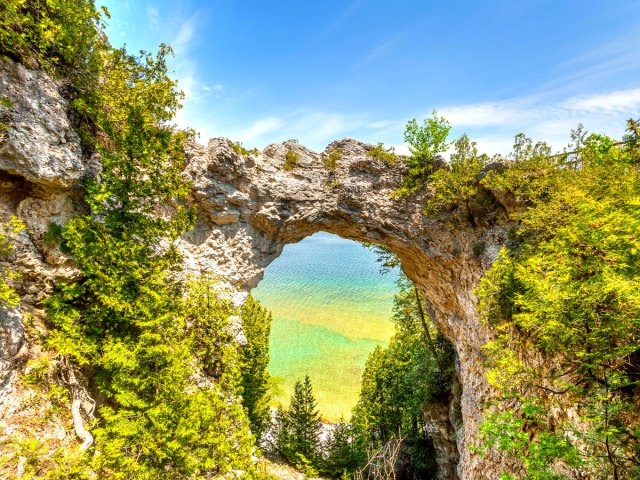
Most people can tell you that America’s first national park was Yellowstone, but many will be surprised to learn that Yosemite wasn’t the second. Mackinac Island once held that honor, at least for a time. Former President Ulysses S. Grant signed the order to create a national park on the island in 1875, and it retained that status for 20 years.
The commander of neighboring Fort Mackinac oversaw the running of the park, but when the fort was decommissioned in 1895, a new solution was required. Ownership transferred to the state of Michigan, and Mackinac Island has been a treasured state park ever since, delighting visitors with natural landforms such as Arch Rock and Sugar Loaf.
Another worthwhile excursion is the hike up to Fort Mackinac. Once there, you’ll find re-enactments by costumed interpreters, multimedia presentations, and exhibits exploring every aspect of the fort’s history. The views over the marina and beyond are nothing short of breathtaking.
“Mackinac“ Isn’t Pronounced the Way It Looks
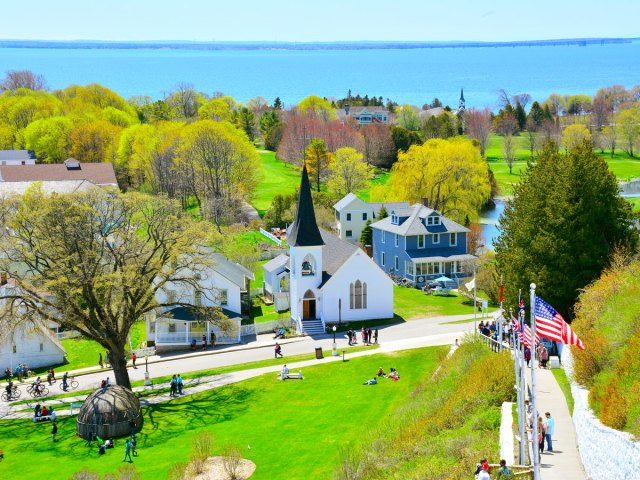
Before you explore all that Mackinac has to offer, make sure you say the island’s name correctly. This might seem easy: Surely, it’s “Mack-i-nack,” right? But nearby Mackinaw City might be a bit of a giveaway.
The island’s name is actually pronounced “Mack-in-awe.” The island was named by its original inhabitants, the Anishinaabek peoples. They called the island Michilimackinac, which means “place of the great turtle.” The name derives from a local legend that a wise turtle named Makinauk created new land after the Great Spirit in the sky asked him to put sand from the bottom of Lake Huron on his back.
To this day, there are plenty of reminders of the importance this marine creature has had on this tiny corner of Michigan. Businesses include the Great Turtle Brewery and Distillery, which is the island’s first craft brewery, and Great Turtle Kayak Tours. Outdoorsy types will also be keen to pay a visit to the island’s Great Turtle Park.
More from our network
Daily Passport is part of Inbox Studio, which publishes content that uplifts, informs, and inspires.

